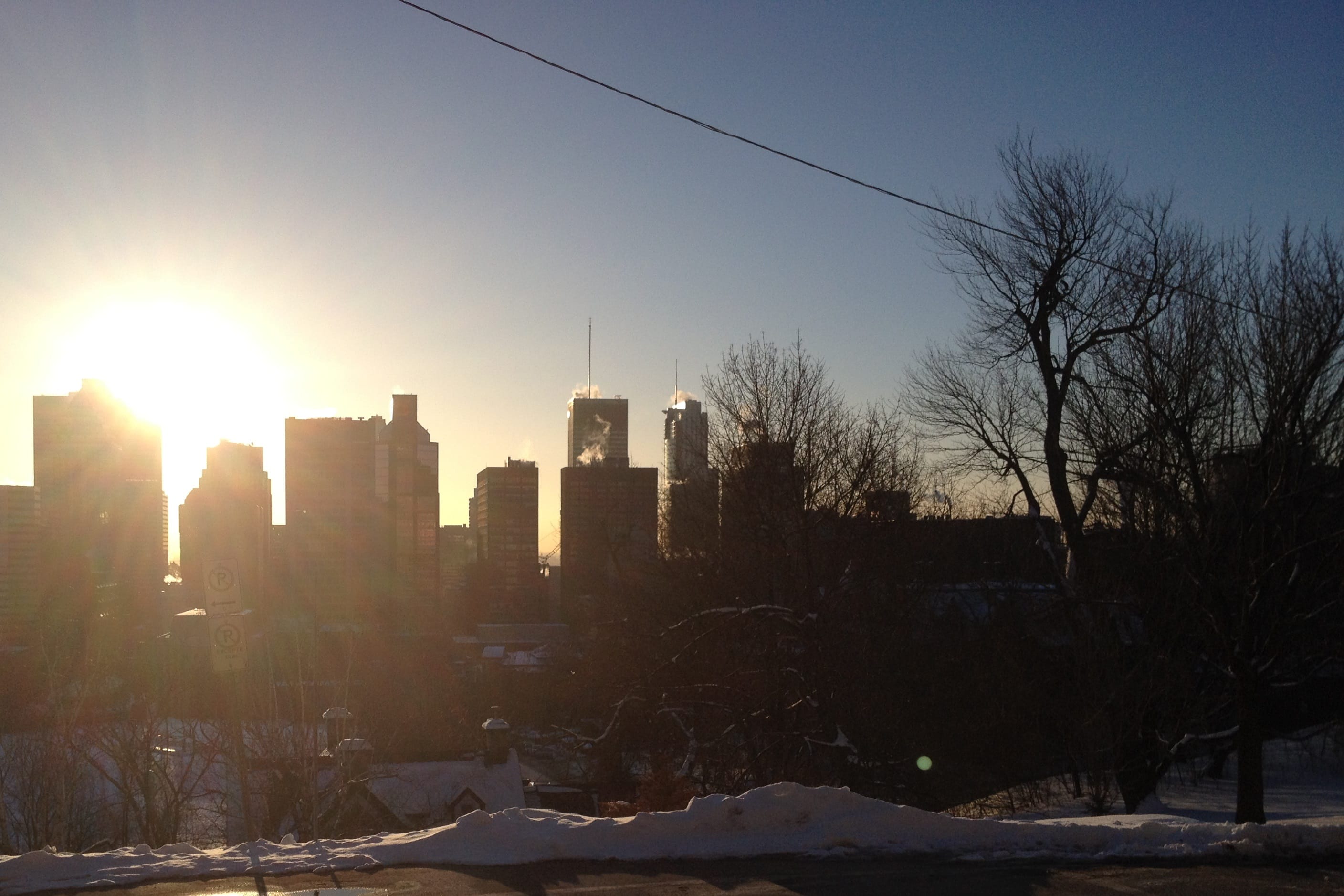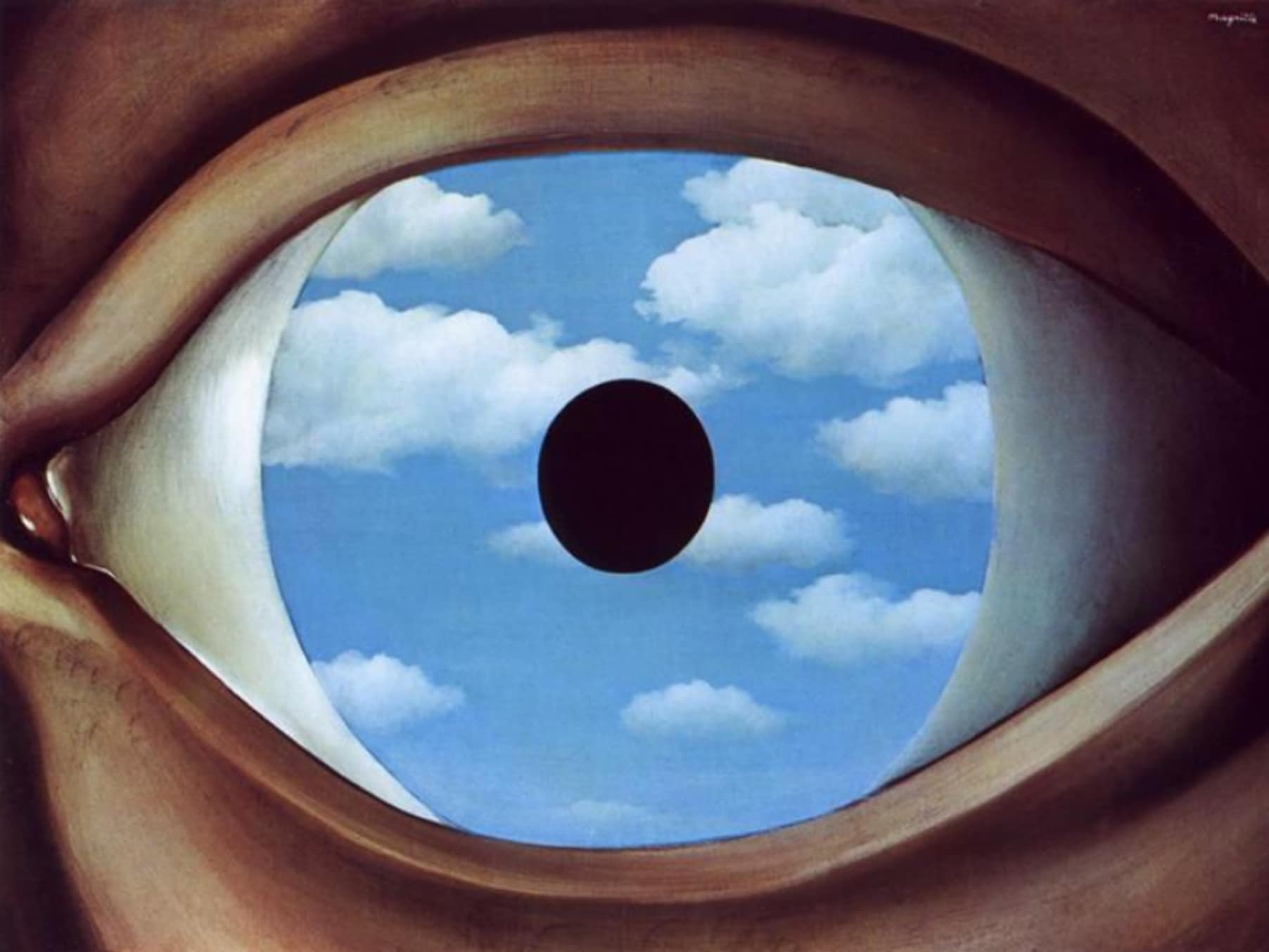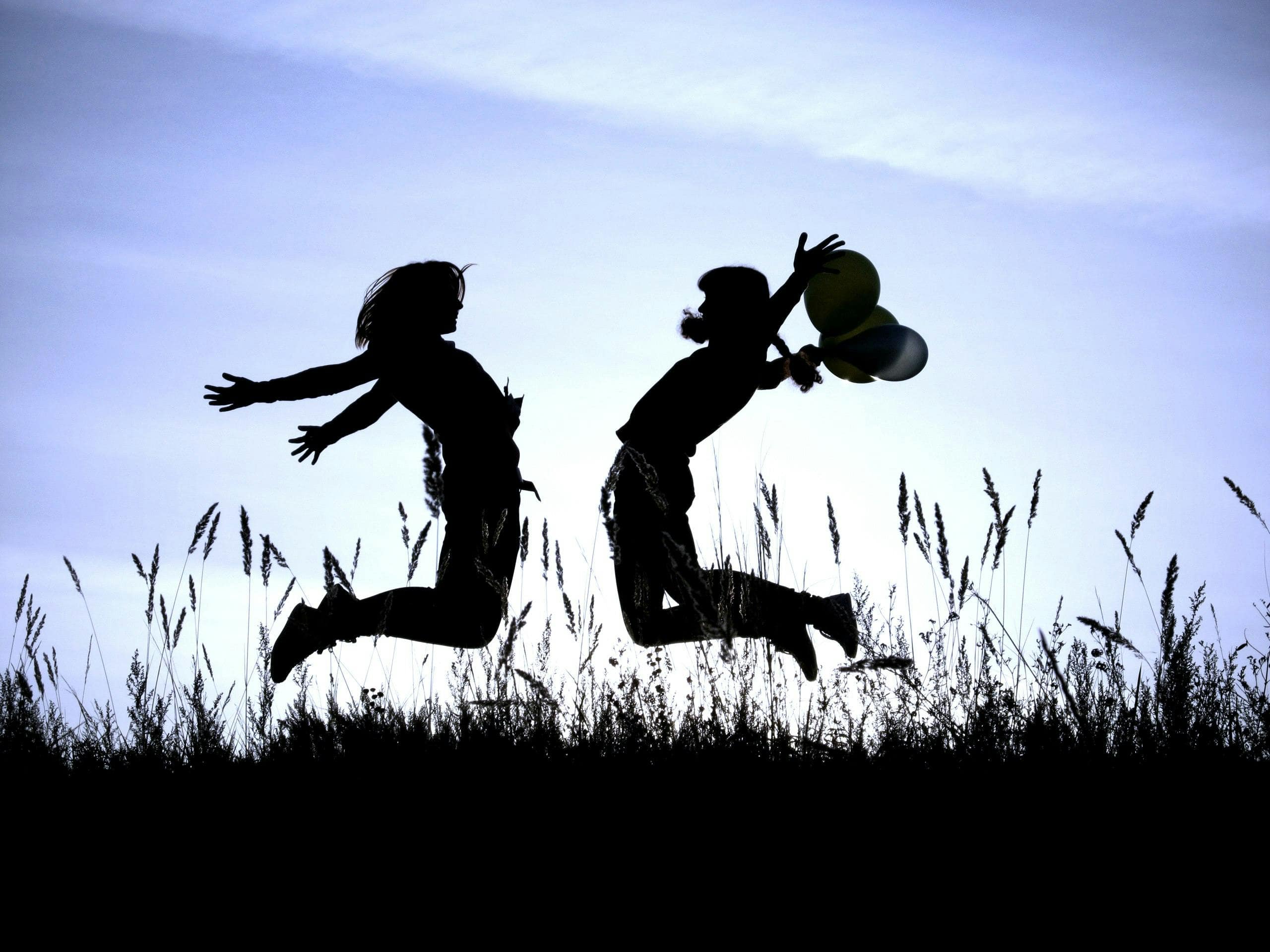
In the mid of winter, let’s talk about light
At 53 degrees latitude, the days in Groningen can vary in length by up to 9½ hours between winter and summer. This means there are large seasonal changes in the capacity of the sun to give us light and warmth. Some of the coldest days on record have occurred around the winter’s midpoint, even though this day (February 3) will be nearly one hour longer than the shortest day (December 22). Clearly this increase in day length is not enough to increase the temperature.
However, provided the day is clear, each additional hour in the day also means an extra hour of sunshine. This can have a significant impact on one’s mental state. Evidence for this comes from light therapy studies in individuals diagnosed with winter depression (Golden et al., 2005). Light therapy usually involves daily sessions of at least 30 minutes of exposure to white light of at least 2,500 lux. This level of brightness is very difficult to obtain at eye level when you work inside, unless you manage to look out of a window for long periods of time on sunny days.
The University Medical Centre Groningen has an outpatient clinic for winter depression that offers light therapy. About 3% of adults living in Groningen may be diagnosed with winter depression (Mersch, Middendorp, Bouhuys, Beersma, & van den Hoofdakker, 1999) and an additional 8.5% are thought to experience the milder “winter blues.” This amounts to more than 23,000 inhabitants of the city of Groningen, including over 3,000 university students, with significant seasonality in mood.
“Over 3,000 students at the University of Groningen may be diagnosed with winter depression or the winter blues”
Should you start inquiring about light therapy if you are the seasonal type? (Check here to find out if you are, using a questionnaire by Norman Rosenthal, the first person to formally describe winter depression in the 1980s.) The data suggest that light therapy improves mood, in fact it may do so even if you are not the seasonal type (Tuunainen, Kripke, & Endo, 2004) and if you are not depressed (Partonen & Lonnqvist, 2000). However, it is worth noting that the benefit of light therapy may not exceed that of the natural increase in sunlight exposure that comes with the lengthening of days in spring (Postolache et al., 1998). So while I would advise you to seek help if you are suffering from your seasonality in mood, it might be that you also help yourself a little if you seek out the sunshine more during the winter.
“Last year, in the 3 months around the shortest day, Groningen had an average of more than 2 hours of sunshine per day”
I can already hear you saying: “But Groningen in winter is grey all the time!” In fact, according to the Royal Netherlands Meteorological Institute, last year Groningen had close to 200 hours of sunshine in the 3 months around the shortest day, or an average of more than 2 hours of sunshine per day. If only you could be outside then, wrapped up in a warm winter coat… but you have work or school to go to, so you miss out on a lot. Modern life includes many “adaptations” that have reduced sunlight exposure to less than 30 minutes per day in winter (Hebert, Dumont, & Paquet, 1998); we live indoors, use dim artificial lighting, wear dark glasses, and so on. This extreme avoidance of one of the most salient stimuli in the environment may have contributed to the rise in a variety of diseases (Wehr, 2001).
Few studies have used ambulant monitoring to measure actual light exposure in people across the seasons and fewer still have also measured mood, but from these studies it appears that increases in natural bright light levels may also have a positive effect on mood (Espiritu et al., 1994; Grandner, Kripke, & Langer, 2006). Additionally, it may improve interactions with others (aan het Rot, Moskowitz, & Young, 2008). Notably, it is thought that these effects can occur independent of the season and over short time periods. Importantly, if natural variation in bright light exposure can be associated with variation in everyday mood, then it can be argued that most people in everyday life are exposed to insufficient levels of bright light for optimal functioning.
“Maybe the Department could start assigning staff to offices according to their level of seasonality and opportunities for light exposure during the workday”
Are there alternatives to going outside or purchasing a light therapy lamp for alleviating our bright light deficiency? Studies on workplace architecture suggest that higher light exposure levels can be achieved without interference to work-related tasks due to for example glare (Aries, Aarts, & van Hoof, 2015). Seasonal people in particular prefer to be in well-lit rooms and choose higher levels of indoor lighting (Heerwagen, 1990). This may help reduce stress and fatigue (Alimoglu & Donmez, 2005), symptoms that featured prominently in a survey conducted among the Groningen Psychology staff in 2013. If modifications to existing indoor lighting cannot be implemented, then maybe the Department could start assigning staff to offices according to their level of seasonality and opportunities for light exposure during the workday. When the mood of the staff is better during their interactions with others, students may also benefit.
References:
aan het Rot, M., Moskowitz, D. S., & Young, S. N. (2008). Exposure to bright light is associated with positive social interaction and good mood over short time periods: a naturalistic study in mildly seasonal people. Journal of Psychiatric Research, 42(4), 311-319.
Alimoglu, M. K., & Donmez, L. (2005). Daylight exposure and the other predictors of burnout among nurses in a University Hospital. International Journal of Nursing Studies, 42(5), 549-555.
Aries, M. B. C., Aarts, M. P. J., & van Hoof, J. (2015). Daylight and health : a review of the evidence and consequences for the built environment. . Lighting Research and Technology, 47(1), 6-27.
Espiritu, R. C., Kripke, D. F., Ancoli-Israel, S., Mowen, M. A., Mason, W. J., Fell, R. L., . . . Kaplan, O. J. (1994). Low illumination experienced by San Diego adults: association with atypical depressive symptoms. Biological Psychiatry, 35(6), 403-407.
Golden, R. N., Gaynes, B. N., Ekstrom, R. D., Hamer, R. M., Jacobsen, F. M., Suppes, T., . . . Nemeroff, C. B. (2005). The efficacy of light therapy in the treatment of mood disorders: a review and meta-analysis of the evidence. American Journal of Psychiatry, 162(4), 656-662.
Grandner, M. A., Kripke, D. F., & Langer, R. D. (2006). Light exposure is related to social and emotional functioning and to quality of life in older women. Psychiatry Research, 143(1), 35-42.
Hebert, M., Dumont, M., & Paquet, J. (1998). Seasonal and diurnal patterns of human illumination under natural conditions. Chronobiology International, 15(1), 59-70.
Heerwagen, J. H. (1990). Affective functioning, “light hunger,” and room brightness preferences. Environment and Behavior, 22(5), 608-835.
Mersch, P. P., Middendorp, H. M., Bouhuys, A. L., Beersma, D. G., & van den Hoofdakker, R. H. (1999). The prevalence of seasonal affective disorder in the Netherlands: a prospective and retrospective study of seasonal mood variation in the general population. Biological Psychiatry, 45(8), 1013-1022.
Partonen, T., & Lonnqvist, J. (2000). Bright light improves vitality and alleviates distress in healthy people. Journal of Affective Disorders, 57(1-3), 55-61.
Postolache, T. T., Hardin, T. A., Myers, F. S., Turner, E. H., Yi, L. Y., Barnett, R. L., . . . Rosenthal, N. E. (1998). Greater improvement in summer than with light treatment in winter in patients with seasonal affective disorder. American Journal of Psychiatry, 155(11), 1614-1616.
Tuunainen, A., Kripke, D. F., & Endo, T. (2004). Light therapy for non-seasonal depression (Cochrane Review) The Cochrane Library. Chichester, UK: John Wiley & Sons, Ltd.
Wehr, T. A. (2001). Photoperiodism in humans and other primates: evidence and implications. Journal of Biological Rhythms, 16(4), 348-364.
Note: Image by Marije aan het Rot




Buien thinks it’s important too!
-Tassos
Good article Marije and very interesting indeed!
PS
Something I had wanted to include in the blog post:
http://www.light2015.org/Home/About.html